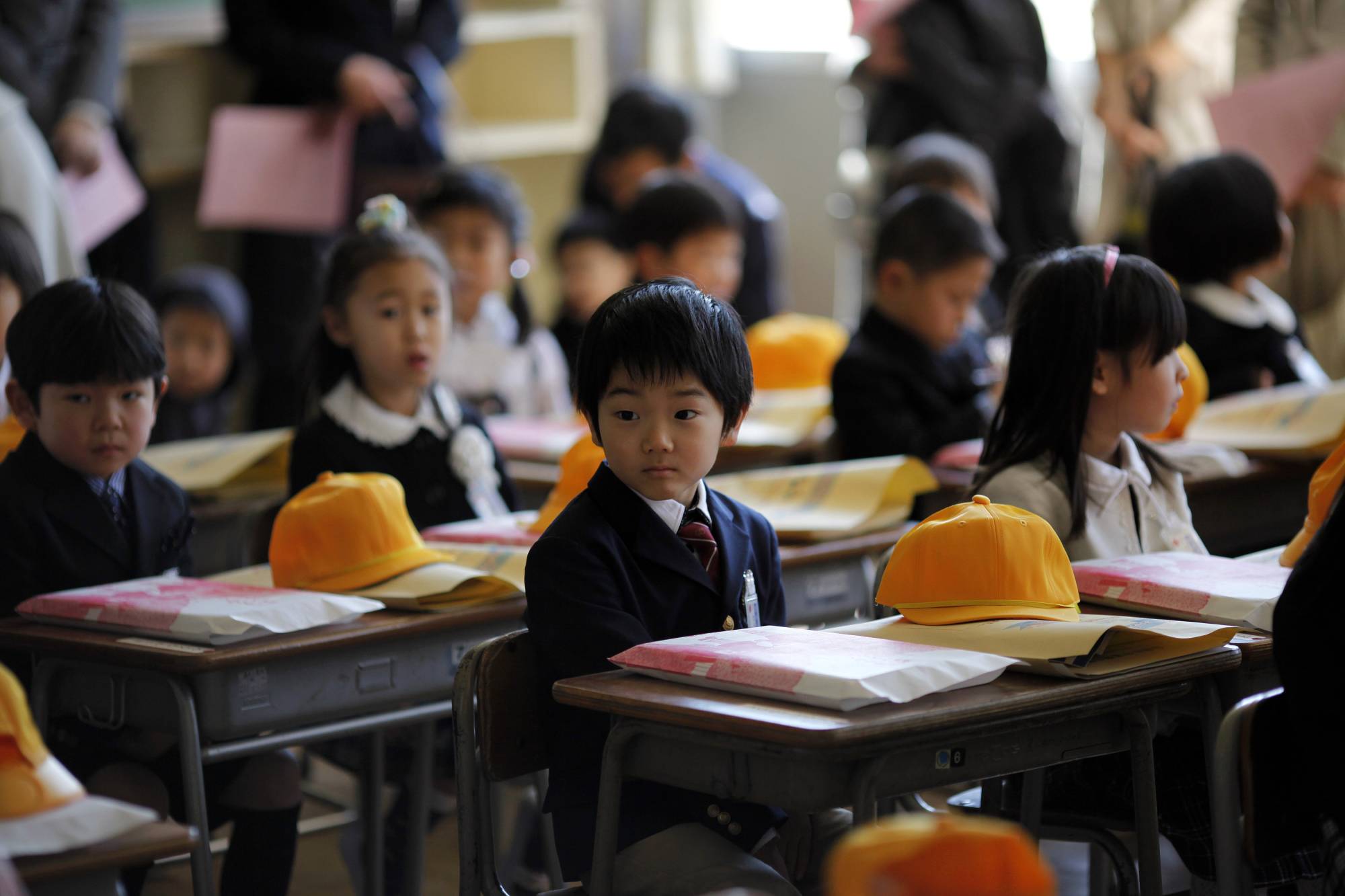The Ministry of Health, Labor and Welfare this week released forecasts for the nation's population that are grim.
The number of Japanese will continue to shrink, falling by about 30% over the next half century. In fact, this isn’t news. This trajectory has been evident, remarked upon and complained about for some time. It is precisely the failure of successive governments to do more than complain about this trend that is most revealing and most worrisome.
According to the National Institute of Population and Social Security Research, Japan’s population will fall from 126.15 million in 2020 to 87 million in 2070. This number includes foreign residents; they are projected to constitute a little over 10% of the total, up from just 2.2% in 2020.


















With your current subscription plan you can comment on stories. However, before writing your first comment, please create a display name in the Profile section of your subscriber account page.